In a perfect world, every artist would have an opportunity to take time off and wander into that space outside of reality where creativity blossoms. Few artists make a living off of their work alone, and even so it’s difficult to constantly feel inspired and motivated to make work in your hometown and studio. This is where artist residencies come in. Residencies present a faction of a creative reality. They may be utopic, time-based experiences, romantic getaways to woodsy surroundings, or isolating and culturally revealing situations that an artist must adapt to with aplomb. But the fundamental purpose remains the same: to position the artist outside of their everyday life, and allow them to make work inspired by and reflecting their temporary surroundings.
More often than not, an artist’s work changes significantly after a residency experience. It also brings up many questions, some of which cannot be answered immediately. For example, how does this sort of experience alter an artist’s perception of their creative practice, both inside the studio and out in the art world proper? How are creative relationships between artists—which naturally occur in art school or through local, community gatherings—expedited through the residency experience? How can a sense of isolation resulting from a residency in a foreign country inspire an artist to travel inward, mining their own creative depths?
For my Art21 Blog series on how residencies change an artist’s practice, I will speak with eight American artists whose work has changed through a residency experience either abroad, in their hometown, on a reality television show, or through a short-term excursion to an idyllic landscape. Artists profiled in this series include Peregrine Honig, Christopher Meerdo, Julie Lequin, Young Sun Han, Aspen Mays, Carrie Schneider, Meg Leary, and Stacia Yeapanis. The series is divided into four distinct mini-sections, each featuring one to three artists.
Traveling to Distant Lands: Argentinian Politics, Iceland’s Mystical Landscape, and a Parisian Jail Made of Gold
Sometimes it’s necessary for an artist to move outside of their comfort zone and become vulnerable within the context of an unfamiliar culture and people who don’t speak the same language. The opportunity to grow new ears, sharpen the eyes, and learn difficult-to-speak vowels is an invaluable experience for any artist. In the first part of this series, I speak with artists Peregrine Honig, who attended the three-week Proyecto ACE residency in Buenos Aires, Argentina; Christopher Meerdo about a three-month immersive experience at the SIM International Artist Residency in Reykjavik, Iceland; and Julie Lequin, a Montréal-based artist who decided to try out the Les Récollets Residency in Paris, France. These respective international residency experiences altered each artist’s perspective on artmaking, language barriers, and the impact of a country’s political situation on culture and creative practices.
Reality TV as Residency: Making Work in a Time Crunch Competition
Artist Young Sun Han was runner-up in the second season of BRAVO’s “Work of Art: The Next Great Artist.” The show took place in New York City, and was filmed over the course of a fast-moving, one-month period in which all of the artists’ mundane needs were taken care of. All they had to do was show up and make work. Before appearing on the show, Han did his homework. He studied how the show’s producers create characters and considered the rigorous, military-like schedule of this constructed reality. Through this unconventional televised competition–that also served as a residency and getaway from reality–Han produced work inside a bubble. The challenges tested his own endurance, sense of self, and ability to handle mentally and psychologically difficult situations.
Fully Funded Fulbright: Into the Skies of Chile, Off to the Landscape of Finland
Aspen Mays and Carrie Schneider received their MFAs from the School of the Art Institute’s photography program and then promptly took off for other hemispheres on Fulbright Fellowships. Mays, who is now based in Los Angeles (but teaches at Ohio State University in Columbus, Ohio) spent time in Santiago, Chile, where she worked alongside astronomers who looked at the sky, star formations and faraway planets. NYC–based Schneider, who is originally from just north of Chicago, went on a Fulbright Fellowship to Finland, where she studied at the Kuvataideakatemia (Academy of Fine Arts) in Helsinki. While there, she worked on a series about the way a fresh yet eerily familiar yet adopted culture (the artist has familial ties to Finland) calls into question the artist’s connection to a newfound natural world and perceptions of self.
Locally Focused: An Ancient Indian Burial Ground in Southwestern Wisconsin, a Giant Glass Building Dedicated to Emerging Chicago Artists
The residency experience is certainly a getaway from everyday life, but that doesn’t have to occur in a distant land thousands of miles away. In the final part of my series, I will examine two residences that are close to my home in Chicago yet provide an otherworldly creative and social experience, and an opportunity to make meaningful professional connections. Meg Leary‘s experience at the ACRE (Artists’ Cooperative Residency and Exhibitions) in Steuben, Wisconsin edged her closer to live performance art. Her work focuses on music theory and the operatic “diva” figure, culminating in an evocation of the body, both politicized and othered. Stacia Yeapanis’ one-year BOLT residency, run by the Chicago Artists’ Coalition, pushed her to work with materials and processes, such as magazines and collaging techniques that she had never previously considered; and to form new, meaningful relationships with other artists and arts professionals.
Alicia Eler is Blogger-in-Residence through February 28. A critic and curator, her projects focus on American pop and consumer culture, social networked identities, and the history of queer aesthetics. Read more about her work here.

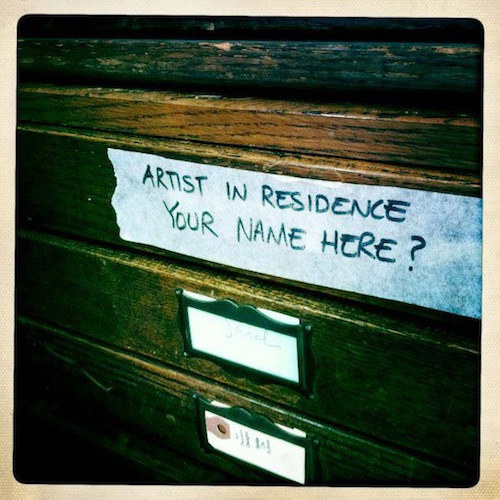
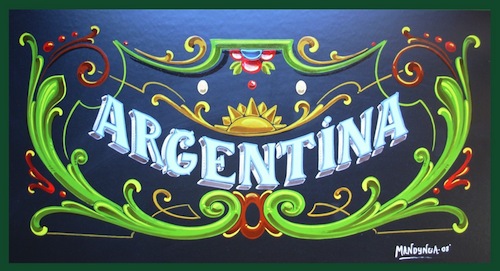
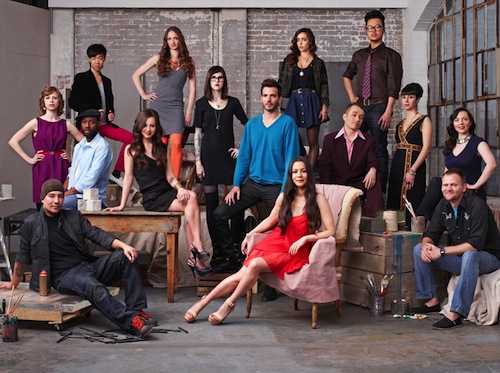
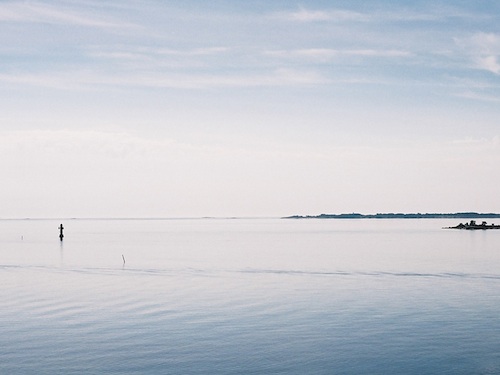
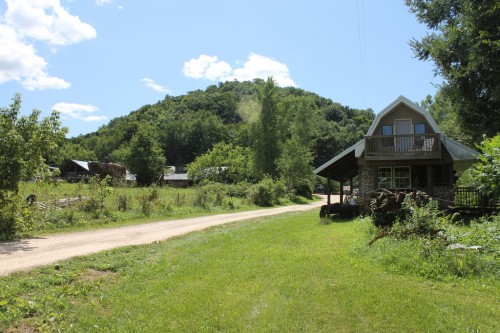



Pingback: How Residencies Change an Artist’s Practice | Onajide | artist's journal
Pingback: Week in Review | 02.02.13 | Art21 Blog